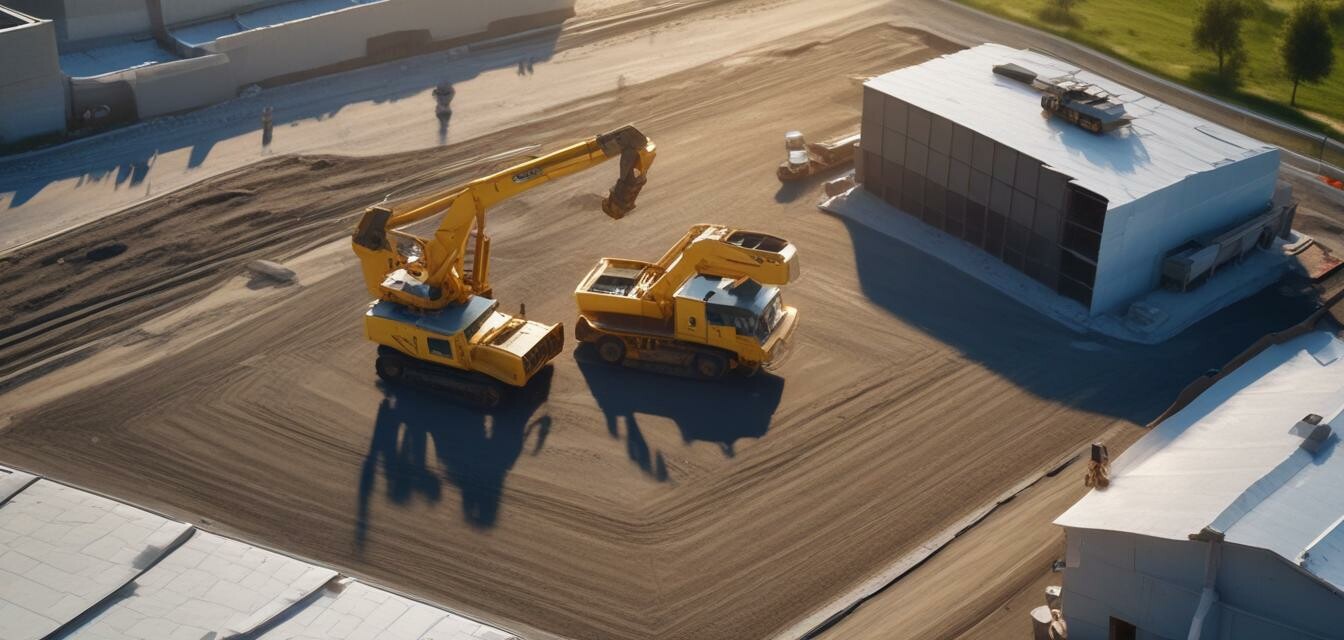
Creating Detailed Asphalt Paving Plans
Key Takeaways
- A comprehensive site assessment is crucial for successful asphalt paving projects.
- Accurate material selection enhances the durability and performance of the asphalt surface.
- Creating a detailed paving plan includes timelines, budgets, and equipment requirements.
- Effective communication with your team and stakeholders ensures project success.
Asphalt paving can seem daunting, especially for those new to the process. However, by taking the time to create detailed paving plans, you can simplify your project and ensure all aspects are taken into account. In this article, we will guide you through the steps needed to establish effective asphalt paving plans, focusing on site assessment, material selection, and project execution.
Step 1: Conducting a site assessment
Before starting any asphalt paving project, you need to evaluate the site. A thorough site assessment can identify potential challenges and help you plan accordingly. Here are some important factors to consider:
- **Site dimensions**: Measure the area to determine how much asphalt will be required.
- **Soil condition**: Analyze soil stability and drainage requirements.
- **Existing features**: Identify trees, buildings, and other features that could affect the paving process.
- **Compliances**: Ensure your paving plans meet local guidelines and regulations.
Site assessment checklist
| Assessment Item | Details | Status |
|---|---|---|
| Site dimensions | Measure length and width of the area | Pending |
| Soil condition | Check soil stability and drainage | Pending |
| Existing features | List trees and structures nearby | Pending |
| Compliance | Verify compliance with local regulations | Pending |
Step 2: Selecting materials
Choosing the right materials for your paving project can significantly impact the longevity and quality of the asphalt surface. Here’s what to consider when selecting materials:
- **Asphalt type**: Choose between hot mix, cold mix, or porous asphalt based on the project needs.
- **Additives**: Consider using additives to improve performance, like polymer-modified asphalt.
- **Aggregate size**: Opt for the right aggregate size for the desired finish and structural integrity.
- **Sealants**: Plan for sealants to maintain and protect the surface after paving.
Material selection table
| Material Type | Best Use | Advantages |
|---|---|---|
| Hot Mix Asphalt | Heavy traffic areas | Durability and strength |
| Cold Mix Asphalt | Temporary repairs | Easy to apply in cooler weather |
| Porous Asphalt | Water management | Allows for drainage; reduces flooding |
Step 3: Developing the paving plan
Once you have conducted a site assessment and selected materials, it’s time to create a detailed paving plan. This plan should include:
- **Timelines**: Set a timeline for each phase of the project.
- **Budget**: Estimate costs for materials, labor, and equipment.
- **Resources**: List required equipment and tools.
- **Team roles**: Identify team members and their responsibilities.
Paving plan template
| Phase | Timeline | Budget | Responsible Party |
|---|---|---|---|
| Site Preparation | 1 week | $XXX | Project Manager |
| Material Delivery | 2 days | $XXX | Logistics Coordinator |
| Paving Process | 2 weeks | $XXX | Foreman |
Step 4: Communication and execution
Successful execution and communication are vital in paving projects. Implement regular check-ins with team members and stakeholders to ensure everything is on track. Create a communication plan that includes:
- **Regular updates**: Schedule weekly meetings to review progress.
- **Reporting**: Use reports to track performance against the plan.
- **Feedback loops**: Encourage feedback from team members to enhance processes.
Effective communication strategies
| Strategy | Description | Benefit |
|---|---|---|
| Daily Stand-ups | Brief morning meetings to discuss daily tasks | Enhances team focus and accountability |
| Progress Reports | Routine summaries of project status | Keeps stakeholders informed and engaged |
| Feedback Sessions | Regular meetings to discuss improvements | Fosters a culture of continuous improvement |
Pros
- Comprehensive planning minimizes unforeseen issues.
- Careful material selection enhances project outcomes.
- Effective communication increases team morale and efficiency.
Cons
- Time-consuming planning may delay project start.
- Requires initial investment in materials and equipment.
Conclusion
Creating detailed asphalt paving plans is essential for successful project execution. By conducting thorough site assessments, selecting appropriate materials, developing comprehensive plans, and maintaining effective communication, you set your project up for success. With time and effort invested in planning, asphalt paving can yield long-lasting and high-quality surfaces. For more helpful resources, check out our how-to guides section.

